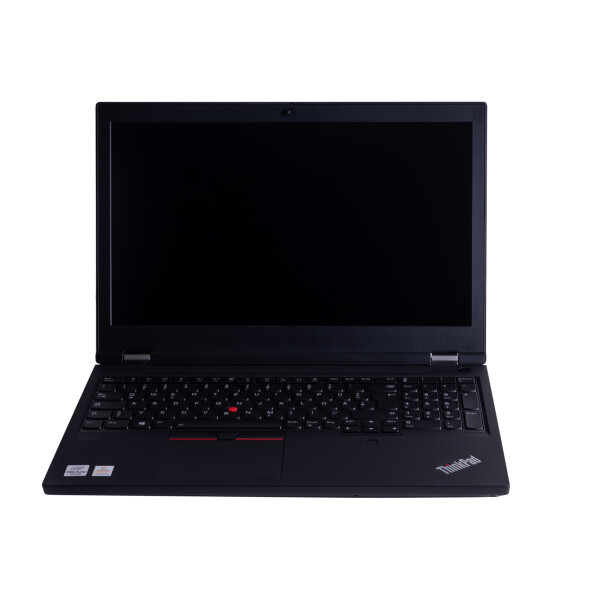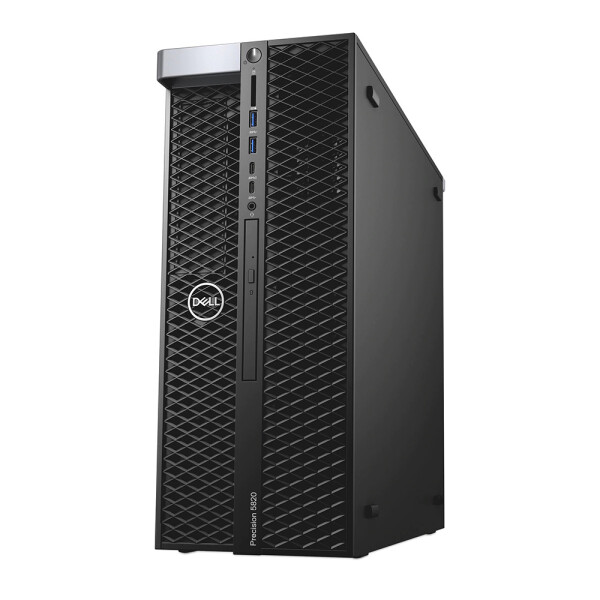How to configure your workstation for Vectorworks 2023
Vectorworks is a CAD program for Building Information Modelling (BIM). 3D  models can be created from 2D models, the data of your building is digitally modelled and displayed as a virtual model. Vectorworks was developed for architects, engineers and construction artists. Request a quote for a basic, performance or high-end Vectorworks business workstation. Following is our expertise for Vectorworks 2023:
models can be created from 2D models, the data of your building is digitally modelled and displayed as a virtual model. Vectorworks was developed for architects, engineers and construction artists. Request a quote for a basic, performance or high-end Vectorworks business workstation. Following is our expertise for Vectorworks 2023:
Which processor is most suitable for Vectorworks 2023?
The most important properties of a processor are the clock rate, the boost rate, the number of cores and the ability of hyperthreading. The clock rate determines how fast a single process can be computed, where double the clock rate means approximately a doubling of the computing power. Many processors can exceed the clock rate for a few seconds up to the so-called boost rate, which makes short calculations, for example opening the browser, faster. The number of cores determines the number of processes that can be executed simultaneously (in parallel). Again, doubling the number of cores is approximately twice the computing power. Hyperthreading is a technique with which two processes (threads) can be calculated simultaneously in each CPU core. Basically, the technique doubles the number of cores. The aim is to find the best possible compromise between clock speed and number of cores for the intended work. On the one hand, processors with many cores have a lower clock rate and vice versa, on the other hand not all calculations can be parallelized. Whenever the next calculation depends on the result of the last calculation, processes cannot be distributed over several cores, a typical example being geometry calculation. Here a very fast processor with few cores gives better results. Multi-core processors are very fast, for example when rendering raster images, because every single pixel can be calculated in a separate process. We recommend a workstation with 4- or 6-Core with 4.00GHz. You can find out more about the advantages of Intel Xeon processors for a CAD workstation in our MediaWiki. VectorWorks uses a maximum of 1-2 cores of its CPU for 2D drawings. Our recommendation is a high frequency Intel Xeon Quad-Core from 3 GHz. For more complex constructions and complex renderings Vectorworks uses all available cores. We recommend a workstation with 8- or 10-Core up to 4.50 GHz.
How much memory does my Vectorworks workstation need?
For simple 2D drawings 16 GB RAM are standard. In order to optimally support the rendering processes, we recommend the use of 32 GB identical memory modules with ECC support (Error Correcting Code). These modules detect and correct single bit errors automatically and avoid fatal data damage and system crashes. We configure our business workstation in quad-channel mode to provide the optimal performance. Make sure you have enough memory banks to easily upgrade the RAM if needed. We recommend our business workstation with up to 16 memory banks. Pay attention to a high value of the maximum Turbo Boost frequency. The higher the max. Turbo frequency 3.0, the faster hardware threads that are designed for high performance can be processed. Intel Turbo Boost Max Technology 3.0 is a further development of version 2.0. The performance in single thread applications can improve by up to 15%. Intel Turbo Boost Max Technology 3.0 is available in most Intel Core i7-X and i9-X.
Which graphics card has the best performance for VectorWorks 2023?
The GPU (Graphical Processing Unit) or graphics card is a processor specialized in the calculation of graphics. While the main processor (CPU) has only a few, but fast clocked cores, a graphics card (GPU) usually has several thousand such processing units, which are however somewhat slower clocked. The GPU is thus able to perform many thousands of calculations at the same time, for example to calculate the millions of individual pixels on the screen. GPU's are divided into internal and dedicated graphics cards. Internal graphics cards are directly integrated into the CPU and share the main memory (RAM) with it. Dedicated graphics cards have their own slot on the mainboard and are also equipped with their own working memory, which is usually called VRAM. Much larger amounts of data can be exchanged between the GPU and the VRAM much faster than is possible between the CPU and the RAM. This means that a graphics card has access to the data much faster for its calculations. The integrated graphics cards lack this bonus, because they share the normal RAM with the CPU. Dedicated graphics cards are generally much more powerful than integrated solutions. In addition, a distinction is made between workstation and gaming graphics cards. Workstation graphics cards are designed to deliver reliable results 24 hours a day under full load for years. That's why VRAM with error correction is used and the processors calculate a bit below their maximum performance. Many CAD also benefit from specially optimized drivers of these graphics cards. ectorworks runs best when you load the latest drivers. Whether it's the specially adapted workstation or gaming drivers doesn't make any difference for Vectorworks. With used workstation graphics cards, you will still benefit from their longer service life.
For several years, Vectorworks has been taking advantage of the fact that VRAM is faster than RAM by offloading data-intensive calculations, which used to be done by the main processor, to the graphics card. Therefore, a dedicated graphics card under Windows is one of the minimum system requirements. Without it, Vectorworks can still start in exceptional cases, but usually it leads to graphic errors and crashes. You can check in your task manager how much VRAM you need. To do so, start a larger project, show all construction layers and classes and go into OpenGL mode. Now you can see the "Usage of the dedicated GPU memory" under GPU performance in the task manager. This should be filled to a maximum of 80%. If you observe the activity of the GPU in the Task Manager while working in Vectorworks, you may notice that it never seems to be really busy. This is because graphics cards are highly specialized processors, which are usually designed to do very complicated calculations with little geometry, for example to calculate light effects and textures in a live renderer. In Vectorworks, we have the opposite case, where a lot of geometry is used to perform rather simple calculations. On the construction level, Vectorworks works with rather low resolution. Therefore, usually never all computing units are used to full capacity. Purely for Vectorworks, a mid-range gaming graphics card equipped with enough VRAM for your needs is sufficient. But there are exceptions: If you create high-resolution OpenGL renderings in Vectorworks, you also benefit from the larger number of computing cores that are built into a high-end graphics card. If you use other CAD systems besides Vectorworks, take a close look at their requirements. They may require a workstation graphics card. Even with used graphics cards, it is worthwhile to use a workstation graphics card because of its longer life span. If you use GPU renderers like Lumion and Twinmotion or Redshift in addition to Vectorworks, a high-end gaming GPU is helpful, because these programs work similar to current computer games. The developers of Vectorworks recently announced a cooperation with the GPU renderer Redshift. This will soon be integrated directly into Vectorworks. With a strong graphics card you are also optimally equipped for this development. We recommend an nVidia Geforce RTX 2060 with 6GB GDDR6, Open GL 4.6 and 1.920 Cuda-Cores as a start. If you want to take full advantage of OpenGL rendering and want to create an error-free rendering of objects with high shadow quality, we recommend to use a NVIDIA Quadro RTX A2000 with 12 GB GDDR6 VRAM, a NVIDIA Quadro RTX A4000 with 16 GB VRAM, or a NVIDIA Geforce RTX3070TI or Geforce RTX 3080Ti. To check the V-RAM usage of your graphics card, switch on all layers and activate the open GL mode. Ideally you have 1-2 GB free V-RAM memory as buffer.
Which hard disk is the fastest for VectorWorks 2023?
Solid state drives are the measure of all things for more speed. The operating system and its programs are started every second. An NVMe M.2 SSD in combination with an HP Z Turbo Drive brings a further increase. The HP Z Turbo Drive is 4 times faster than SATA SSDs and offers 14 times better performance than HDDs.You can store your project data on a second M.2 NVMe SSD or on a conventional S-ATA SSD hard disk.
Recommendations for Vectorworks

- 3 In stock
-
Delivery time: 1 - 2 Workdays (DE - int. shipments may differ)

- Available immediately
-
Delivery time: 1 - 2 Workdays (DE - int. shipments may differ)



